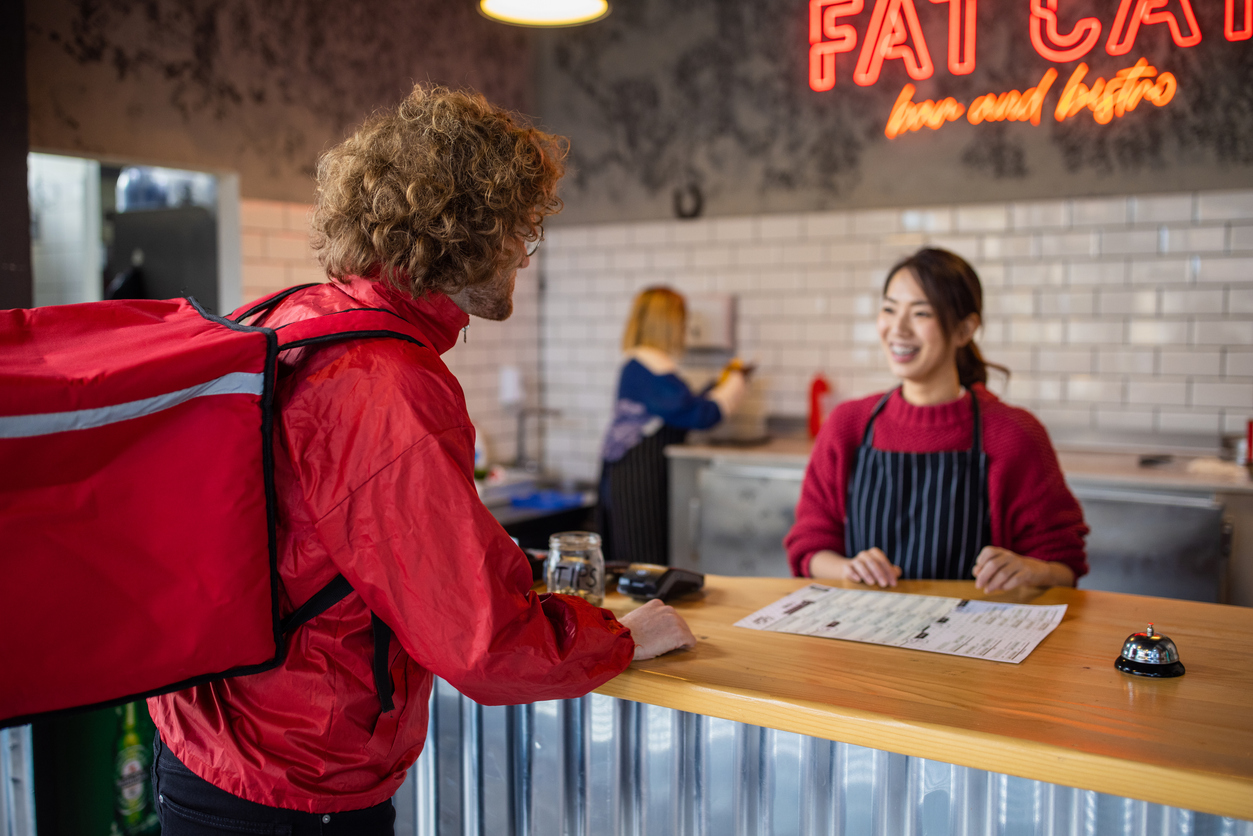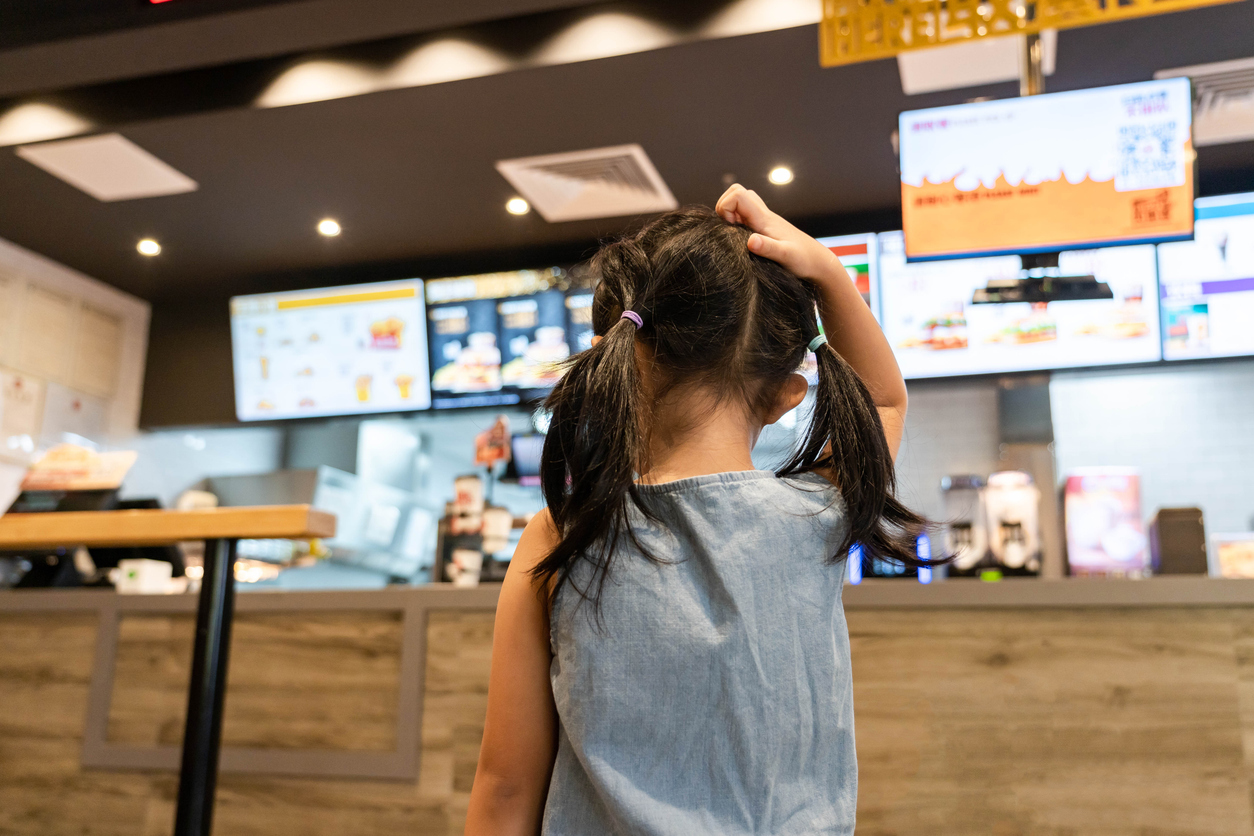A Customer Data Platform (CDP) helps restaurants do just that by bringing together all the information about their guests in one place. This powerful tool allows restaurants to understand what their customers like, from meal preferences to special occasions.
With a CDP, restaurants can personalize every visit—whether it’s remembering a regular’s favorite dish or sending special offers that match their tastes. By using this data, restaurants can turn one-time visitors into loyal fans, ensuring each guest feels valued and appreciated.
In an industry where customer satisfaction is everything, a CDP is the secret ingredient for building lasting relationships and keeping diners coming back for more.
What Is CDP In A Restaurant?
A Customer Data Platform (CDP) in restaurants is like a smart digital filing cabinet that keeps track of everything about your customers - their favorite meals, how often they visit, and what makes them happy. Think of it as your restaurant's memory bank that never forgets a customer's preferences or experiences.
So, how does you determine that this new tech category fit into the restaurant tech platform? or is a CDP best for your restaurant growth?
Start with determining the place of your restaurant today, and then proceed to determine the data architecture that will serve your brand over the next decade.
How Does A CDP Differ From A CRM?
Both CDP and CRM systems help restaurants manage customer information. They serve distinct purposes and offer different capabilities.
A CDP might notice that a customer typically orders vegetarian dishes through your online platform, visits the restaurant on Thursday evenings, and engages with your social media posts about wine pairings. It automatically uses this information to create personalized marketing messages and menu recommendations.
A CRM, on the other hand, would simply record that the customer made a reservation, noted a vegetarian preference, and filed a complaint about service last month. It requires staff to manually enter and track these interactions.
How A Restaurant CDP Works
A Restaurant Customer Data Platform (CDP) acts as a central hub that collects, organizes, and analyzes customer information from multiple touchpoints throughout their dining journey. This powerful system creates a comprehensive view of each guest by gathering data across all interactions with your restaurant, both online and in-person.
Here's how a CDP gathers and utilizes information from various sources:
- Online Orders
- Reservation Details
- Loyalty Program Activity
- Payment History
- Customer Feedback
- Social Media Interactions
A CDP helps restaurants create personalized experiences that resonate with each guest. For example, when a regular customer makes a reservation, the system can automatically alert staff to their preferences, any dietary restrictions, and previous experiences, enabling more thoughtful and attentive service.
The result is a more efficient operation that delivers exactly what customers want, when they want it, leading to increased satisfaction and loyalty.
Essential Integrations For A Restaurant CDP
The key to success lies in choosing integrations that work together smoothly and provide actionable insights for your specific restaurant needs. Here are essential integration that a restaurant need:
Point of Sale (POS) Systems
A robust POS integration serves as the backbone of your restaurant's CDP, capturing crucial transaction data and customer interactions. Modern POS systems like restaurant POS solutions provide real-time insights into:
- Sales patterns and trends
- Menu item popularity
- Peak business hours
- Customer spending habits
- Payment preferences
- Server performance metrics
This integration enables restaurants to track customer behavior, optimize menu pricing, and improve operational efficiency while maintaining seamless service delivery.
Reservation Systems
Reservation management system helps restaurants manage guest relationships and optimize seating capacity. This integration captures:
- Guest preferences and special requests
- Booking patterns and peak times
- Table turnover rates
- No-show history
- Special occasion celebrations
- Party size trends
By understanding these patterns, restaurants can better prepare for service, personalize guest experiences, and maximize table utilization.
Online Ordering Platforms
The integration of online food ordering platforms is crucial in today's digital-first environment. This connection provides:
- Customer ordering preferences
- Delivery vs. pickup trends
- Popular menu combinations
- Order timing patterns
- Special instructions history
- Customer feedback data
A restaurant order management system helps restaurants streamline operations, reduce errors, and improve service speed while maintaining quality.
Third-Party Delivery Apps
Integrating third-party delivery platforms ensures consistent customer experience across all ordering channels. Benefits include:
- Unified order management
- Streamlined menu updates
- Consistent pricing
- Delivery performance tracking
- Customer feedback monitoring
- Cross-platform analytics
This integration helps maintain operational efficiency while expanding reach through popular delivery services.
Loyalty Program Integration
A well-integrated loyalty program helps restaurants reward and retain customers effectively. This integration enables:
- Points tracking and redemption
- Personalized rewards
- Member behavior analysis
- Targeted promotions
- Visit frequency monitoring
- Customer lifetime value calculation
By connecting loyalty data with other systems, restaurants can create more effective retention strategies and personalized marketing campaigns.
Benefits Of Implementing A CDP In Restaurants

Enhanced Customer Segmentation
A CDP enables restaurants to divide their customer base into meaningful segments based on dining preferences, visit frequency, and spending patterns. This detailed segmentation allows for more targeted marketing efforts and personalized service delivery. Restaurants can create specific promotions and experiences that resonate with each segment. This level of customization leads to higher engagement rates and improved customer satisfaction.
Boosting Revenue
With a CDP, restaurants can identify opportunities to increase revenue through data-driven insights about customer behavior and preferences. The platform helps optimize menu pricing and promotional strategies based on historical ordering patterns. By analyzing peak dining times and popular item combinations, restaurants can make informed decisions about staffing and inventory. This strategic approach to revenue management typically results in significant improvements to the bottom line.
Personalized Marketing Strategies
CDPs enable restaurants to create highly targeted marketing campaigns that speak directly to individual customer preferences and behaviors. Restaurants can send personalized recommendations and offers that are more likely to drive engagement. This tailored approach leads to higher conversion rates and improved return on marketing investments. The ability to communicate with customers in a more relevant way strengthens relationships and encourages loyalty.
Streamlined Reporting And Analytics
A CDP consolidates data from multiple sources into clear, actionable insights that help drive business decisions. Restaurant managers can quickly access comprehensive reports about customer behavior, sales trends, and marketing performance. This centralized approach to data management saves time and reduces the likelihood of errors in reporting.
Measuring And Demonstrating ROI
With a CDP, restaurants can accurately track the return on investment across various marketing initiatives and operational improvements. The platform provides clear metrics for measuring success, from customer acquisition costs to lifetime value calculations. It help restaurants optimize their spending and focus resources on the most effective strategies.
Boost Your Restaurant’s Performance With Checkmate
Checkmate offers a comprehensive suite of cutting-edge tools designed specifically for modern restaurants - from advanced ordering systems and kisok solution to robust customer data platforms. Our integrated technology helps restaurants automate routine tasks, gain valuable customer insights, and deliver exceptional dining experiences across all channels.
With features like automated order management, AI-powered analytics, and seamless third-party delivery integration, we provide the technological backbone that modern restaurants need to thrive. Get a demo to build a more efficient, profitable, and customer-focused restaurant business.





